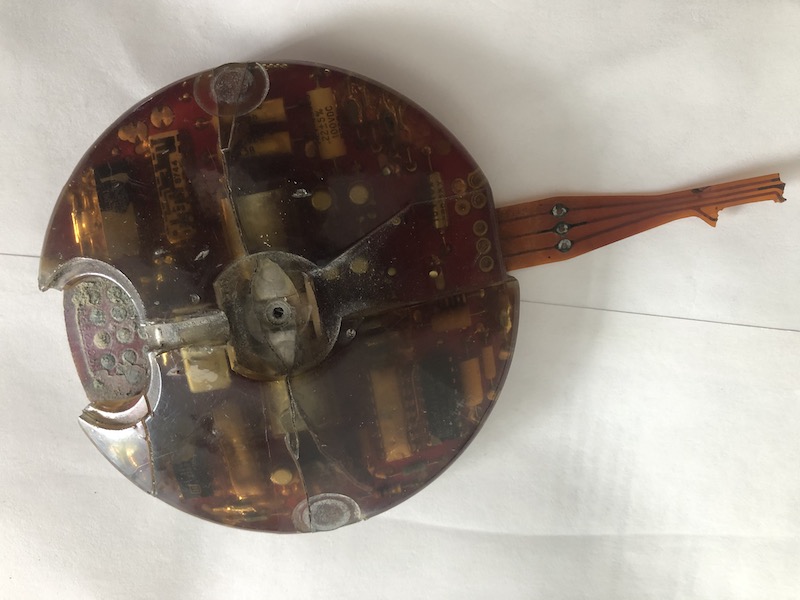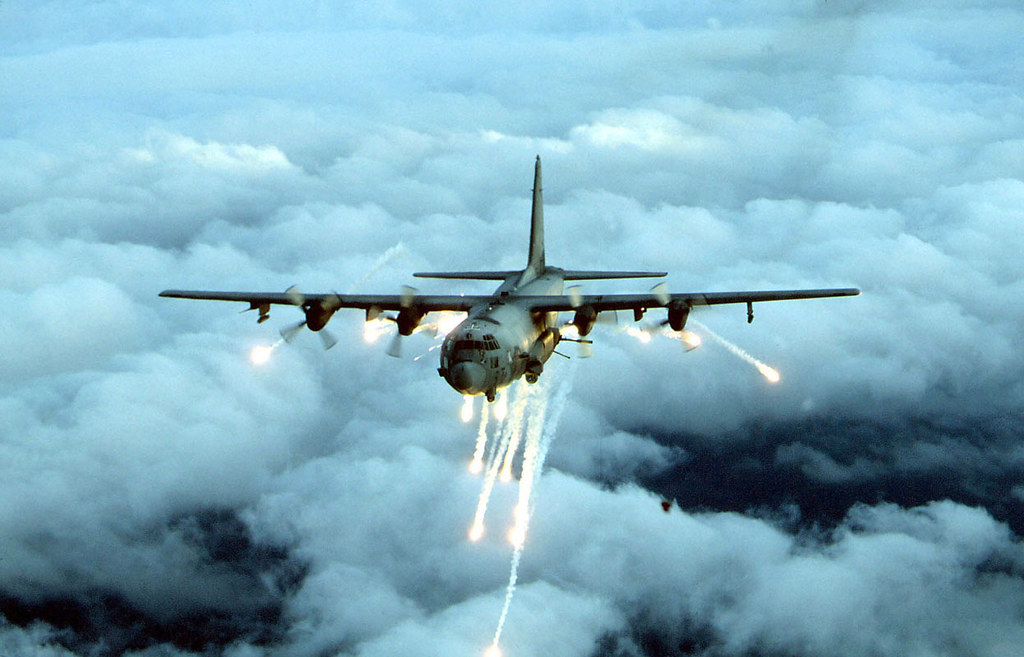UAE national Marwan al-Shehhi, the pilot of the plane that would attack the South Tower of the World Trade Center, arrives back in Florida, having thwarted secondary inspection and lied his way into the United States.
The previous day, he flew on a Royal Moroccan Air flight from Casablanca, Morocco to JFK. He then flew on Delta Airlines to Tampa, Florida.
The purpose of al-Shehhi’s trip to Morocco is never fully explained. He enters the U.S. two days before the inauguration of George W. Bush (one might think a period of extra vigilance), but largely because of his nationality, he is never closely scrutinized.
The veteran immigration inspector later tells the 9/11 Commission that she was suspicious that al-Shehhi might be an intending immigrant, noting from the stamps in his passport that he had left the United States just a week earlier after a six-month stay. She typed into the computer record: “Sub[ject] left one week ago after entry in May. Has extension and now returning for a few more months.” She referred al-Shehhi to a secondary immigration inspection for closer examination.
The secondary inspector told the Commission that Shehhi wore conventional Western clothing, had glasses and facial hair, and “did not look like he had just come from boot camp.” The secondary inspector said that he had completed the required arrival and customs forms, adding that he spoke English well during the course of the 10-minute interview. “I had the impression Shehhi had money,” the inspector said. “I remember looking at his passport, and it showed he had been in and out of the United States and there were other travel stamps. I remember asking how much money he had—he had a substantial amount, three credit cards and more than $2,000.” Shehhi also mentioned applying for an extension of stay in the United States to remain until September 8, 2001. To the inspector, “that seemed reasonable.”
The inspector asked Shehhi the purpose of his trip to the United States, trying to determine if he intended to remain permanently, as the primary inspector suspected. Shehhi told the inspector that he was coming back to the United States for continued flight training, that he had previously attended Huffman Aviation School, and that he was finished with flight school but wanted to log more hours in the sky. The inspector thought Shehhi was seeking private flying lessons, but did not ask Shehhi for supporting documentation. The admission could have ultimately led to al-Shehhi being denied entry under either a tourist or business visa if it was determined, in fact, that he was still a student, but no further action was taken.

